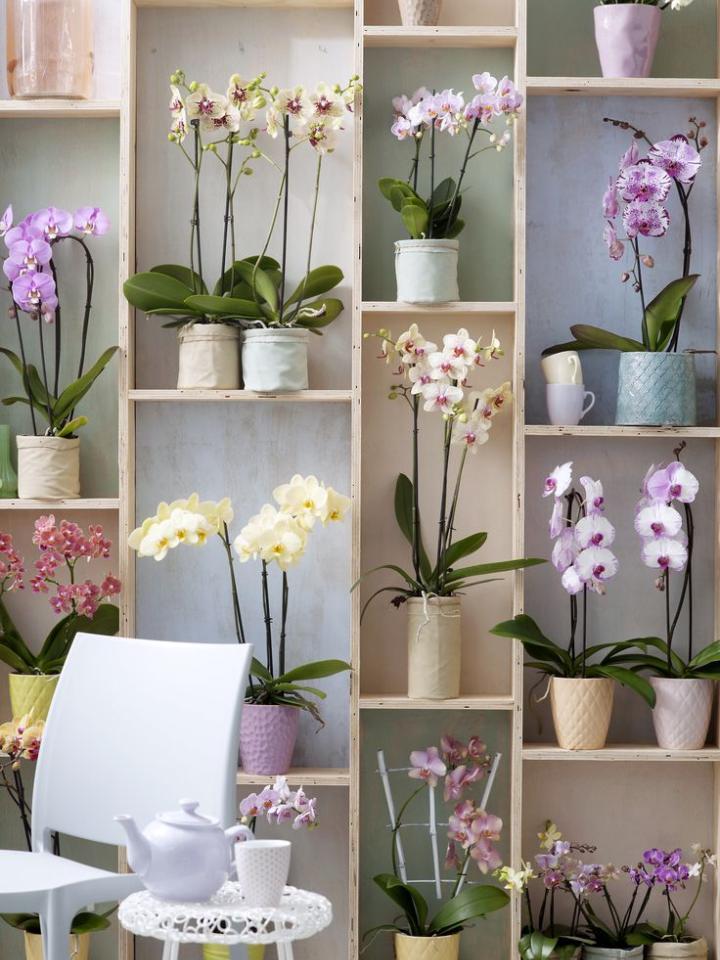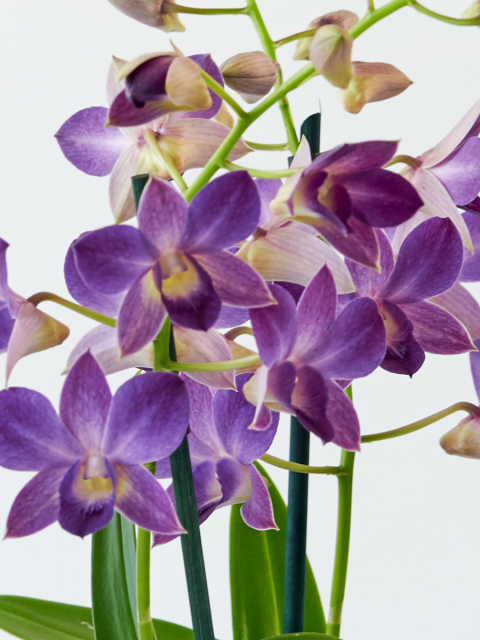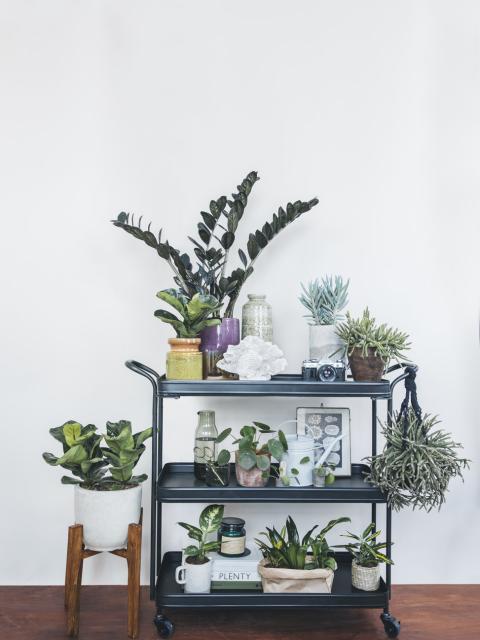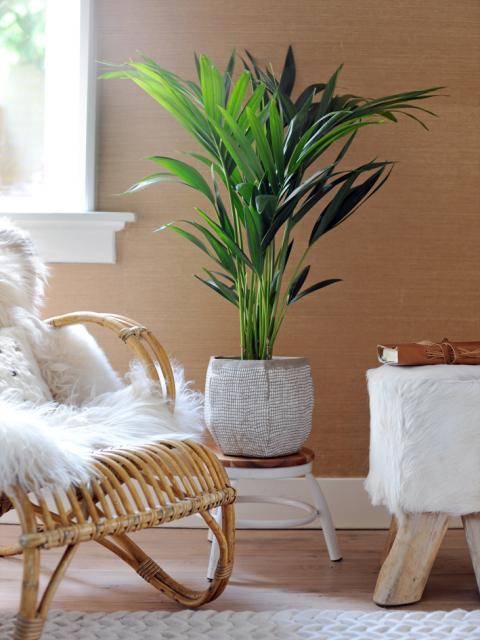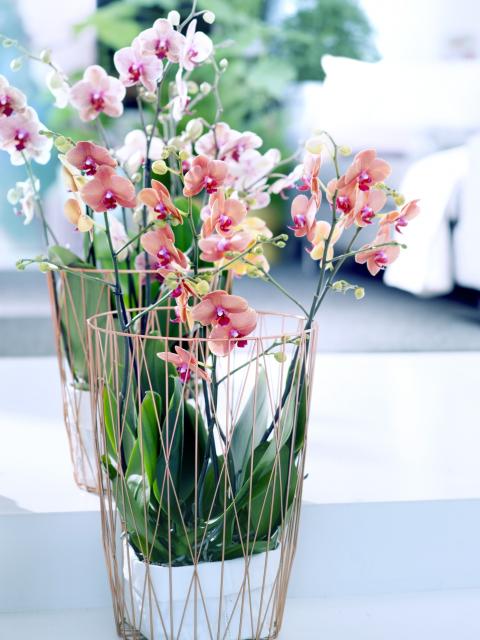To bring out that second flush of flowers, simply follow these steps:
1. Get the timing right. Prune your orchid after your flowers have died off (usually after about eight weeks) and as the spike begins to turn yellow.
2. Use the right tool. A sharp, clean knife blade or pair of secateurs will do the trick. Anything too blunt (don’t even think about using your kitchen scissors) will crush the stem and inhibit fresh growth.
2. Hit the right spot. If you look closely at your orchid spike, you’ll see a number of beige rings at roughly five-inch intervals. These are called bracts and are designed to protect an inactive bud beneath. Cut the spike about a quarter of an inch above the bract to remove the inhibitory hormones that are preventing the bud from flowering. In a few weeks the spike will elongate and flower.
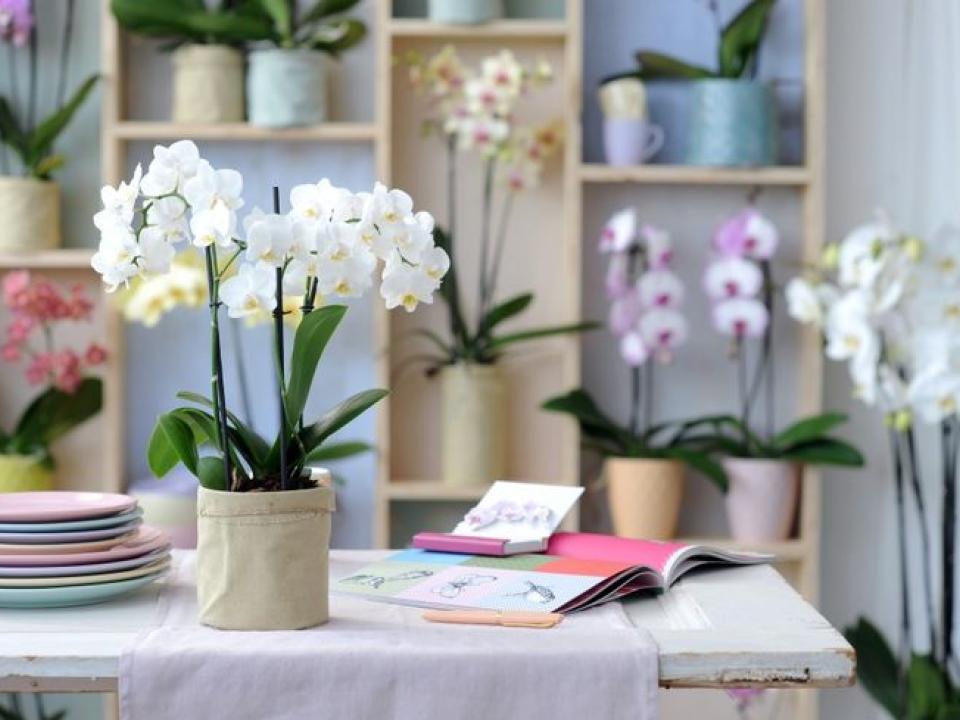
My bud has grown roots!
Sometimes the bud will produce a small plantlet (keiki) instead of a flower. In this instance, wait until a few good roots have developed, detach the plantlet and pot it in orchid compost. Water sparingly and mist daily.
Have you got an eye-catching Phalaenopsis at home? Share an image with us on Facebook, Twitter or Instagram!

